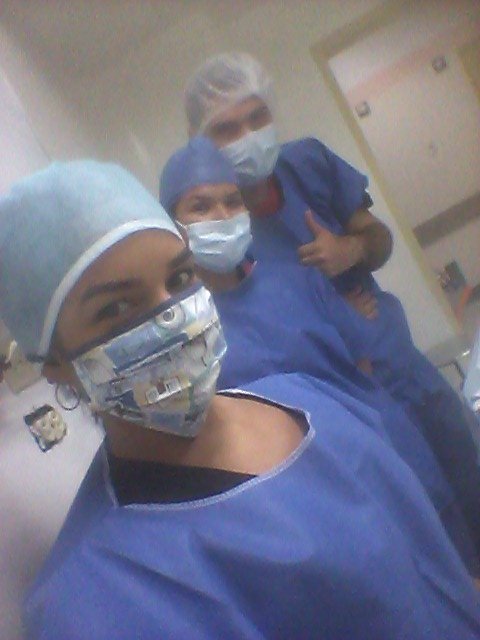Hello friends of steemit! Today I wanted to make this post about a topic that many people did not dare to talk about and it is from vaginal candidiasis, a gynecological infection caused most of the time by Candida albicans, since there are several types of this fungus that They also cause this type of infection. This fungal infection is so common that most women experience at least one episode of vaginal candidiasis throughout their lives.
How does it arise?
Candida is a fungus that exists naturally in our biological flora, being present in the mouth and the digestive system. In a normal state, our immune system and the presence of other microorganisms of our natural flora prevent this fungus from multiplying exaggeratedly, keeping the population under control. Therefore, being colonized by the fungus is not synonymous with having a Candida infection, only one of the millions of grains that are part of our natural flora of microorganisms.
This means that Candida is an opportunistic germ, that is, a microbe that can live innocently in our body without causing disease, but, at least, it is a sign of weakness of our immune system or disorder in our natural flora of germs, It can multiply and go on to cause infections.
It is an opportunistic germ that can live innocently in our body without causing disease, women have their vagina colonized by the fungus Candida without this means that there is an infection. They are completely asymptomatic since the pH of the body of the vagina, the immune system and the presence of a bacterial vaginal flora prevent the multiplication of the fungus, only arises when there is disorder in at least one of these three protective factors that already mention them.
How is it contracted?
It is a very common question, but it is conceptually wrong because, in most cases, candidiasis is not contracted; It arises because the Candida that already existed in its organism found ways to overcome the defenses of our body and managed to multiply uncontrollably.
Eventually it can be transmitted from one person to another, since the mouth and gastrointestinal tract are the most common habitat of Candida in the body, oral sex and anal sex are possible sources of transmission. Vaginal sex can also be a form of transmission if the man's penis or the woman's vagina are colonized.
Candidiasis itself is not considered as a sexually transmitted disease since the vast majority of cases of vaginal candidiasis are not related to sexual intercourse. The number of couples a woman has during life does not interfere with the risk of developing candidiasis, and women who practice celibacy may develop Candida vulvovaginitis.
Risk factor's
In general, candida proliferates in the following situations: reduction of vaginal acidity (increased vaginal pH), changes in the microbial flora of the vagina, hormonal changes or weakened immune system.
There are others, but they do not show consistent results in clinical studies.
• Wet bikinis.
• Tight clothes.
• Intravaginal contraceptive methods such as IUD, diaphragm or vaginal sponge.
• Vaginal showers.
Symptom
Vulvar pruritus (vaginal itching) is the most important symptom of candidiasis, burning or pain in this area are also common and may be accompanied by dysuria (painful urination) and dyspareunia (pain during sexual intercourse).
Other common signs are redness in the area of the vulva and vaginal discharge that is usually milky, or cottage cheese-like, and odorless.
Symptoms of candidiasis may get worse in the days before menstruation.
Diagnosis
The symptoms mentioned above are not exclusive to Candida vulvovaginitis. Various gynecological infections can cause similar symptoms.
Therefore, the diagnosis of vulvovaginal candidiasis can only be established with certainty by laboratory flow tests. To this end, the gynecologist must perform a gynecological examination in which he uses a type of swab to collect material from the vaginal wall. This material is sent to the laboratory so that the germ causing the vaginitis can be identified.
Treatment
The simplest cases can be treated with the vaginal application of creams, including clotrimazole, nystatin and miconazole. Another option is fluconazole 150 mg single dose tablet. Both forms of treatment have success rates higher than 90%, but the oral dose is more comfortable because it is simple and short, being currently the most used form.

The information is from my gynecology classes at the university, I hope you liked this post made with a lot of love. Vote and follow me! xoxo
This is an informative post of yours, Thank you for sharing this with us!
you're welcome, my friend!
Wow amazing informational post. I like that you are a good writer and a good consultant. I like your study work about women's vaginal infection.
I really appreciate your class study and remedies information.
Thanks friend for sharing good post.
thanks friend! It's cool that you liked it.
Welcome friend, I'm really impressed from your writing. You are a great writer.
I'm thankful to you for sharing good post.